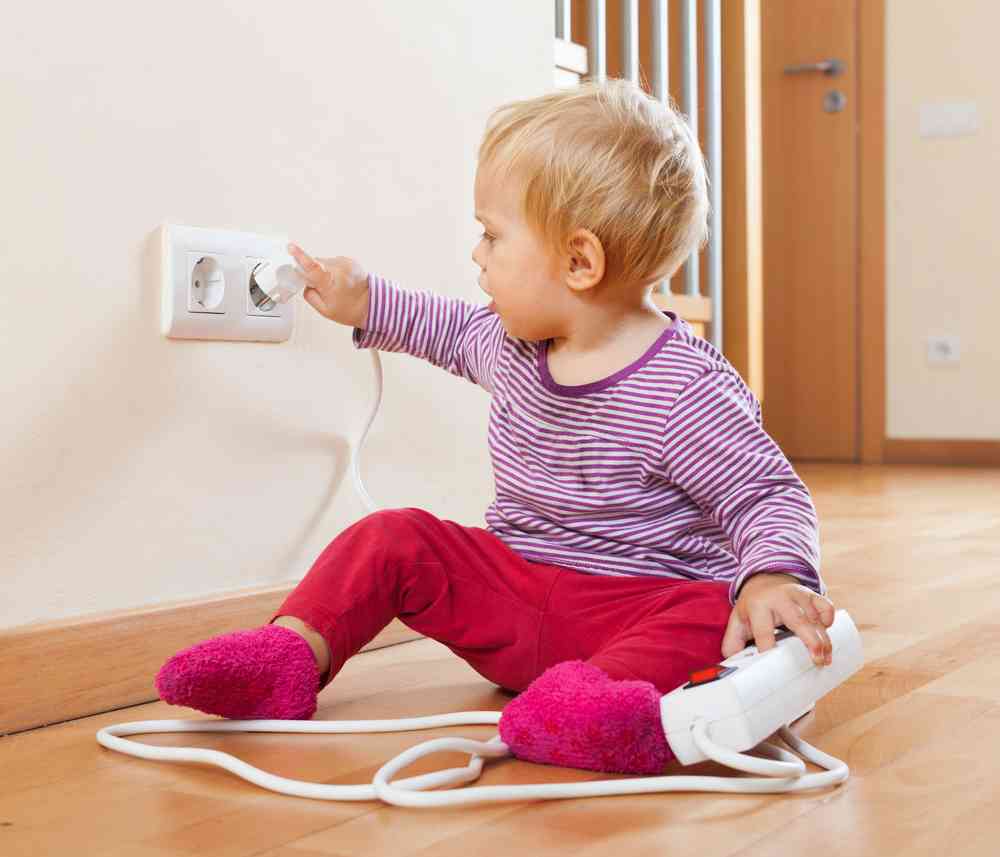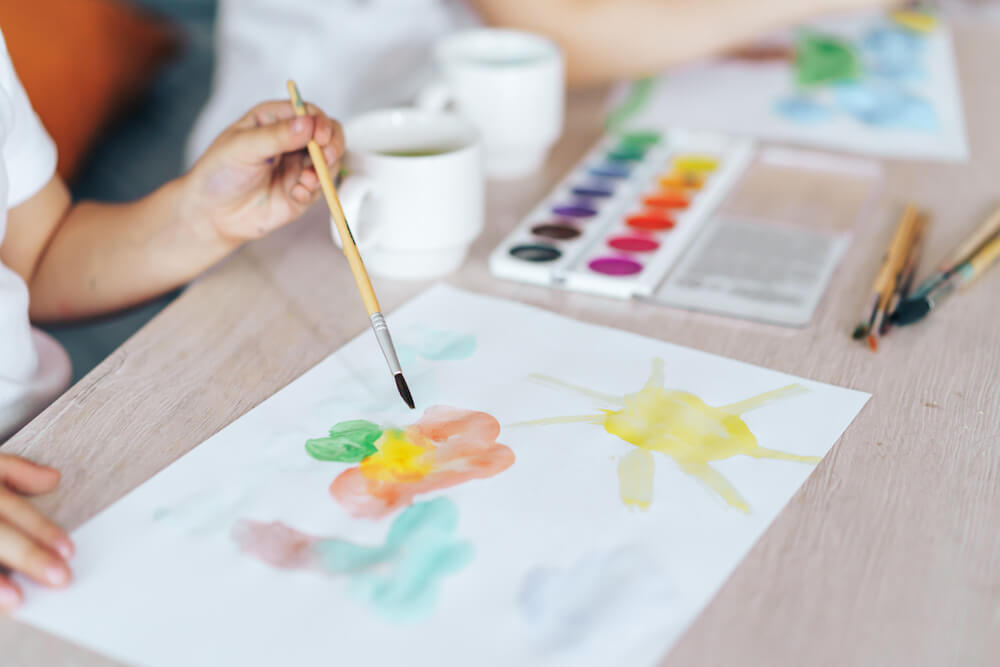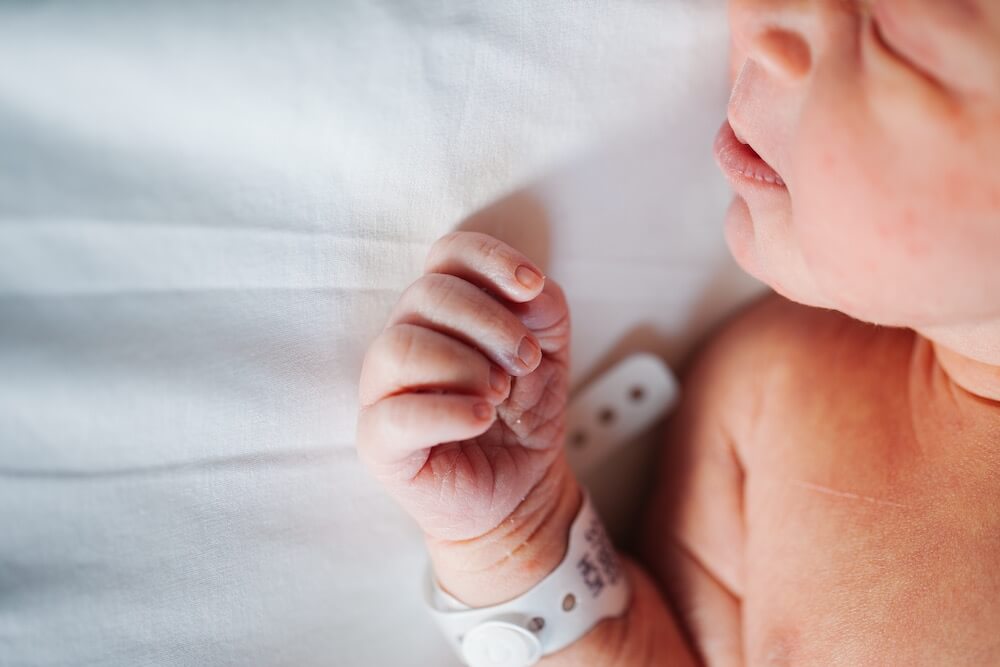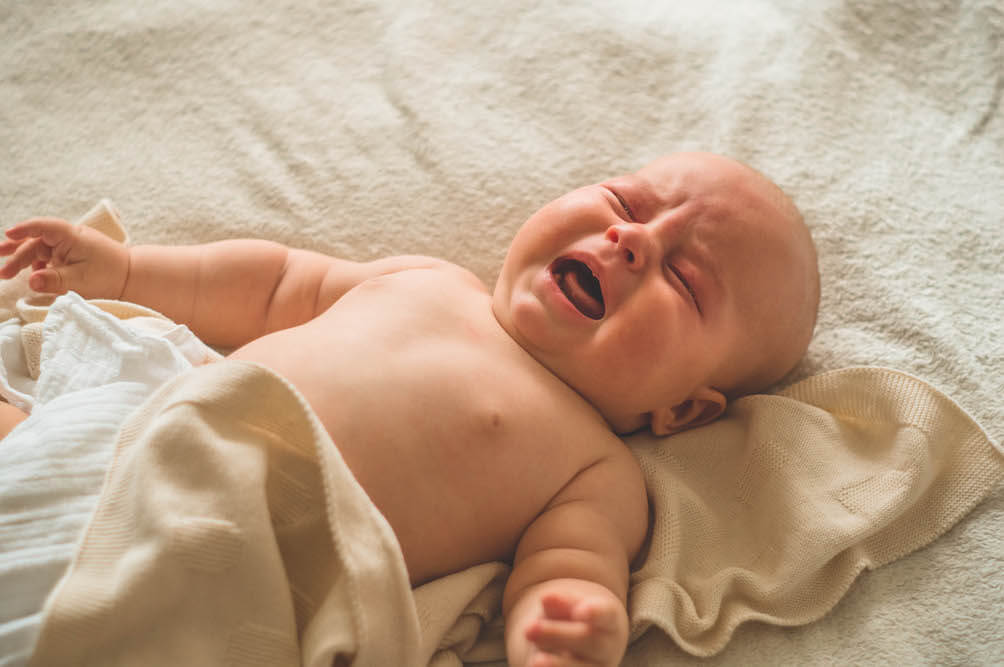Key points:
- Babyproofing prevents top causes of ER visits for kids under 3, despite vigilant supervision.
- Start babyproofing before crawling begins; babies explore sooner than expected.
- Crawl through house to identify hazards at baby’s eye level.
- Use safety measures for furniture, sharp edges, cabinets, cords, cribs, bedding, bath, gates, windows, toys, and appliances.
Did you know that house injuries are one of the top reasons kids under 3 visit the E.R. each year? Babyproofing your home is essential to keep your baby safe.
Supervision is the best way to prevent injuries, but even the most vigilant parents can’t keep their children completely out of harm’s way every second of the day. So it’s smart to be prepared, especially before your little one starts crawling and getting around the house on their own! Although it may seem odd to start thinking about babyproofing if your little one can’t even roll over yet, you’ll be amazed at how soon they’ll start wandering around the house. Don’t get caught unprepared!
As a first step, don’t assume your baby sees everything the way you do. Remember they are on a very different level –ground level. To avoid overlooking any hazards at home within easy reach, try crawling on your knees around the house. It may seem silly at first, but it’s actually one of the best ways to keep your baby safe and see if you’ve missed anything.
Babyproofing tips
Now that you finished your crawling tour, here is a list of the most common household hazards you should keep an eye out for:
- TV and furniture: Use furniture straps to hold the TV, unstable walls, tables, dressers, and bookshelves. Avoid having a TV on top of a dresser, children can use drawers for climbing.
- Sharp edges: Remember to put edge bumpers on all sharp corners and any furniture with sharp edges.
- Cabinets and drawers: Place all household chemicals and cleaners in locked cabinets, or place safety latches that lock when you close a cabinet/drawer. Also, keep your medicine bottles out of reach.
- Cords: To avoid your baby from tugging on computer or TV cords, use cord holders to keep them secured against the walls.
- Prevent shocks: Place outlet covers on all visible electrical sockets.
- Cribs: Make sure your baby can’t place their head between the slats and that it has stable rails. To confirm that the slats are not too wide, grab a soda can and slide it through; if you can do it, it means they are too wide. Additionally, avoid any cribs with drop-side rails, these are now banned.
- Soft bedding: While blankets and soft-bedding sound cozy and sweet, they can be very dangerous for your baby. Parents should keep soft objects and loose bedding away from infants because they can inadvertently lead to suffocation. Your baby should sleep on their back on a firm mattress covered with a tight mattress pad and sheet. Remove any comforters, thick bumper pads, or soft toys on their crib.
- Bath time: Put non-slip strips on the bottom of the tub and a soft cover on the faucet to protect your baby’s head. Never leave your baby or toddler alone in the tub, even if it is just for a few minutes.
- Gates: Remember to place baby gates to keep your little one away from stairs (top and bottom) or out of certain rooms. Don’t use accordion-style gates, look for one that attaches securely to a wall but won’t pinch small fingers.
- Windows: Place your baby’s crib and furniture away from windows. Don’t rely on window screens – they protect us from insects, but not from children who lean on them. Instead, place childproof screens or window guards to prevent falls.
- Toy safety: As a rule of thumb, your little one’s toys should be larger than their mouth to prevent choking. Always check the toy thoroughly for detachable parts like eyes or other items that can be easily torn off and become a choking hazard.
- Appliances: If you are used to leaving your toaster, coffee maker, printer, TV, or computer plugged in, remember some can harm your child if they pull them or get tangled in a cord. Unplug them and store away their cords when you are not using them.
Remember your little one sees things differently than you, so check out what you can improve in your house and which of these babyproofing recommendations you can implement. If you have more tips for a safe house, let us know in the comments!








